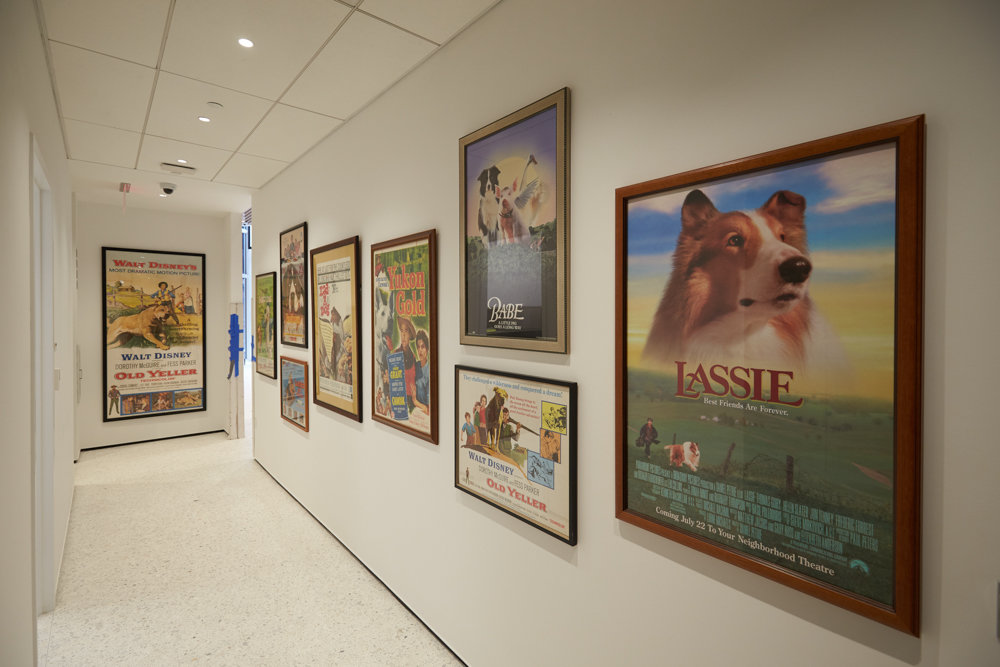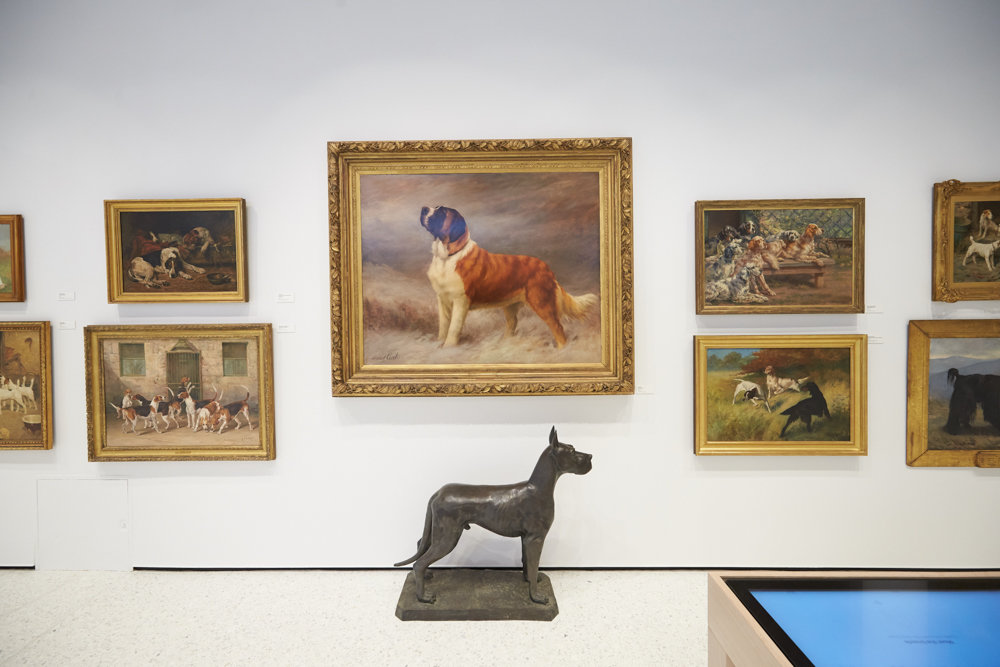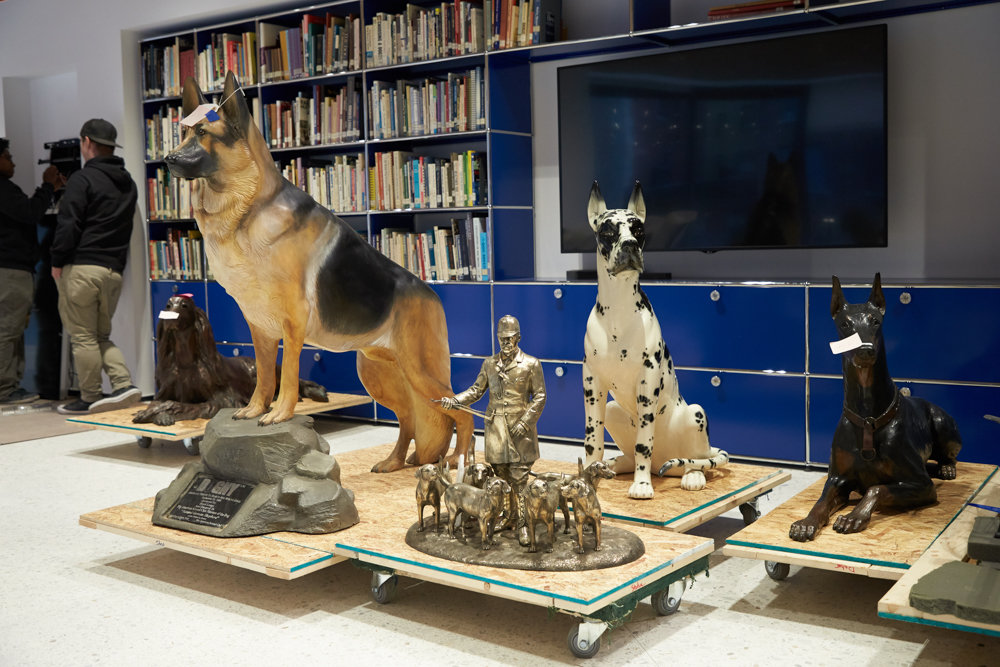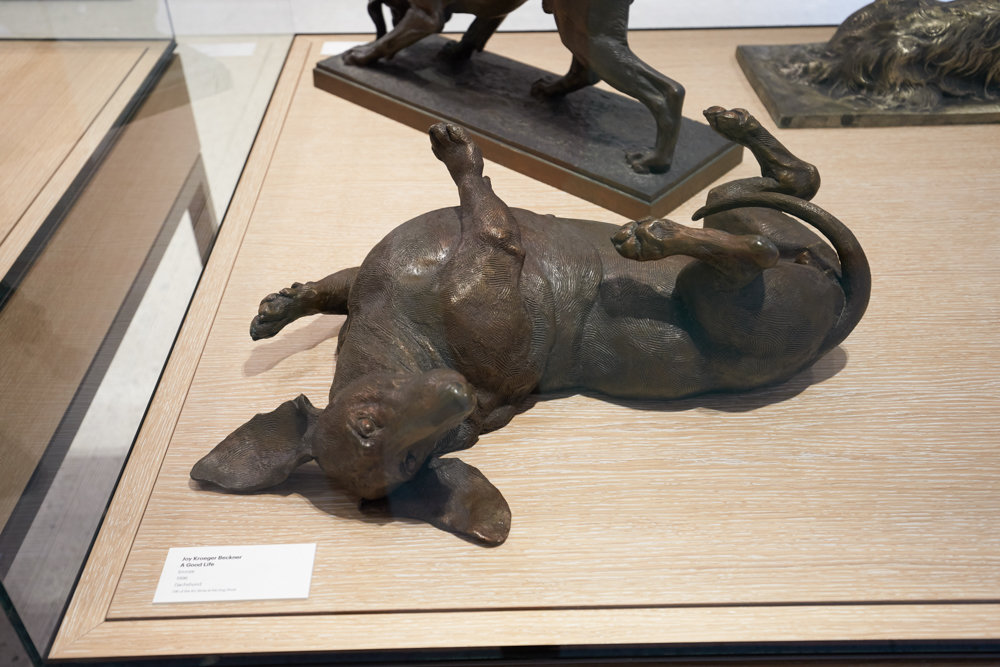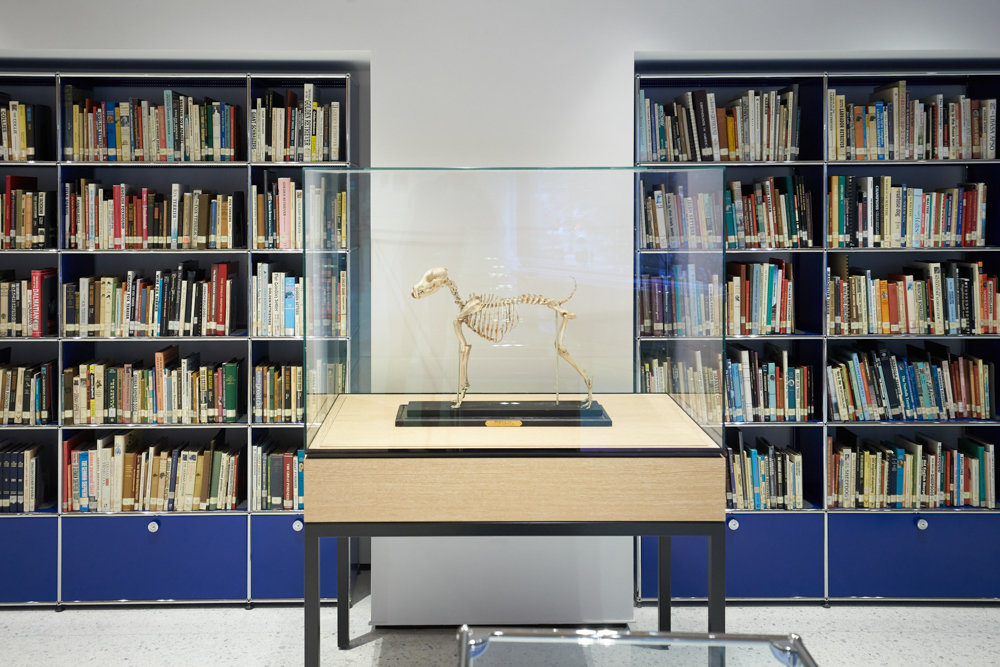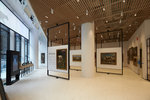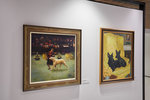Man’s Best Friend returns to NYC in new AKC museum
When Alan Fausel auctioned dog paintings, there was an initial reaction from people he’ll never forget.
“I think when I was selling them, there was always a chuckle,” he said.
But it was no laughing matter when, in 2005, two of the famous “Dogs Playing Poker” paintings by Cassius Marcellus Coolidge sold at the Doyle Auction House where Fausel used to work for more than $590,000.
Fausel takes those memories into account in his new role as the executive director of the American Kennel Club Museum of the Dog, which opens its doors at 101 Park Ave., on Feb. 8.
The museum — now housed in the same building at the American Kennel Club’s headquarters — first opened to New York City inside The New York Life Building on Madison Avenue in 1982.
It stayed there until 1987 before moving to the Jarville House, a historic estate in St. Louis, where it would spend the next 30 years. That is until a decision was made to bring it back to New York.
As the AKC Museum of the Dog celebrates its return to Manhattan, the two-floor space features art from well-known dog painters like Maud Earl and Arthur Wardle. It also takes dog appreciation to a new level by introducing interactive and digital exhibits, including a photo booth that can match visitors with what dog they look like, and an area where visitors can learn about different breeds of dogs.
There’s even a seven-foot screen of a real Labrador retriever named Molly that visitors can interact with and have her do a variety of tricks. Molly wore a motion capture suit typically used to create life-like movements for computerized characters in games and movies for a day in Los Angeles, allowing the recreation of her to perform these tricks on screen, Fausel said.
“It’s quite a feast of different things here,” he added.
With less than a month from the museum’s official opening, Fausel believes visitors will not only be impressed but discover something new about dogs in the process.
“You can learn about them and you can also start identifying breeds you may not have identified before when you see them on the street,” he said.
Fausel also hopes people who stop by will leave thinking about what it takes to make good dog art as well as understanding both dogs and the art from a different perspective.
“The object of all art is to make people look at life differently,” Fausel said.
“I started seeing dogs differently because I started seeing (them) through the eyes of the artists.”



